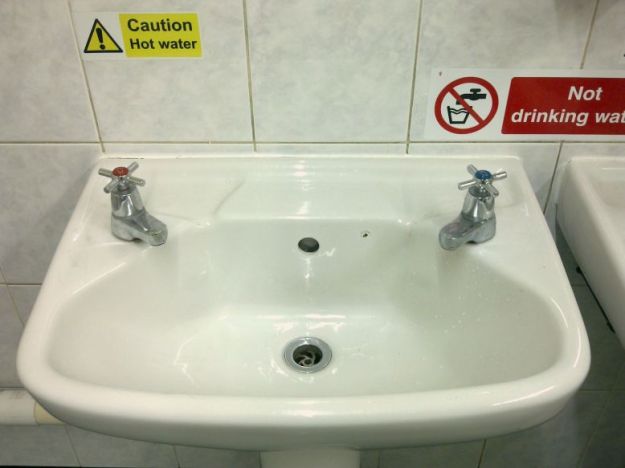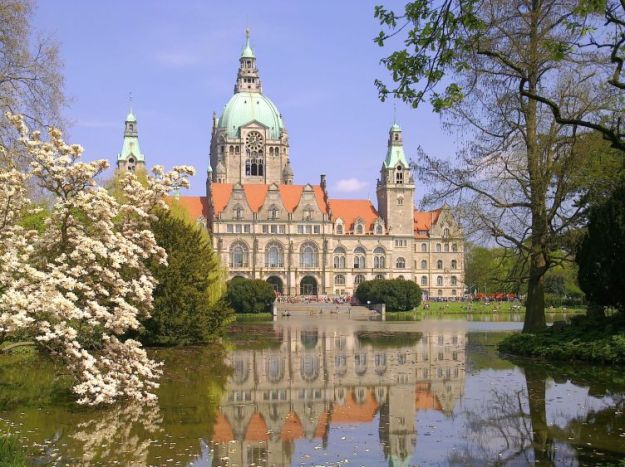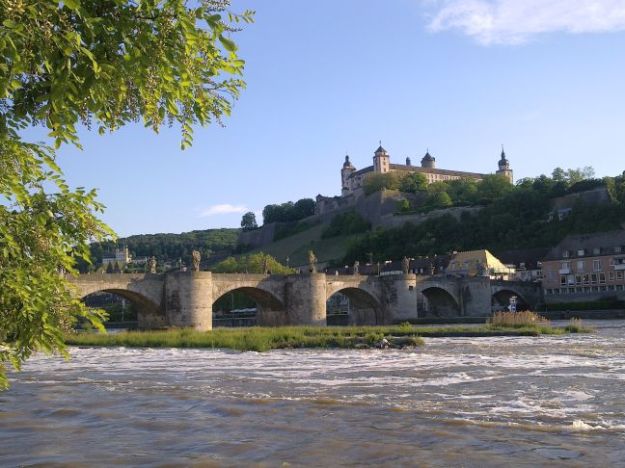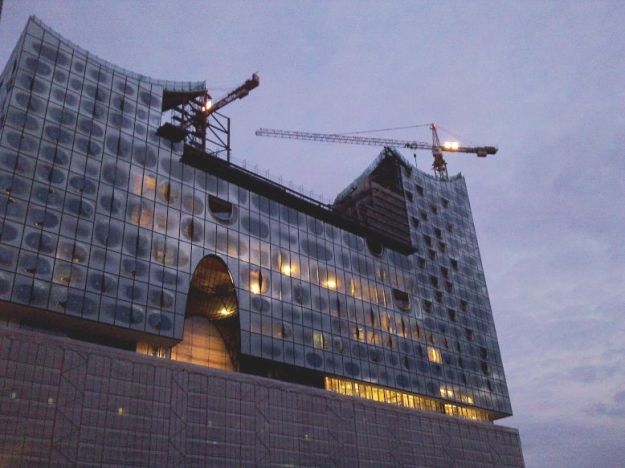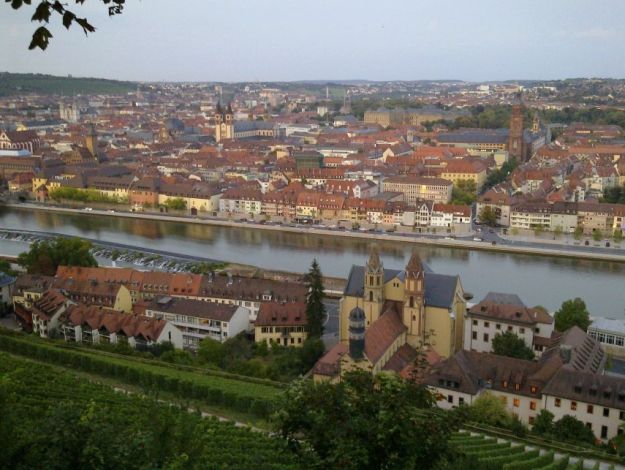A recent visit to England once again confirmed my opinion of British bathroom technology. Flush the toilet, and quite often, apart from a rumbling and murmuring, nothing much happens. When it is the least suiting and most embarrassing, you have to pump, press and pray for that relieving gush of water to finally come. Reaching the washbasin, you are usually faced with two separate hot and cold water taps, thus being offered the choice between scorching your hands or not getting your fingers clean.
Taking a shower is even more complicated. Due to a Victorian age infrastructure, decades of privatisation with old, leaky water pipes never having been replaced, and a consequently widespread necessity for water-cisterns somewhere under the roof, a normal shower-pressure can only be achieved by sucking and pressurising the water with a pump. At the same instance it is also heated electrically. All this works at times, but can require a complicated setup of pulling switch-cords in the bathroom, fine-tuning several rotating knobs and pushing buttons not clearly labelled. All after which it is possible you achieve a mild flow that is fluctuating between too hot and too cold.
For a German, at least, this is confounding. For decades it has for us been the most normal thing to flush once, with the additional choice of long or short, so as to save water. Washing your hands, hot and cold is pre-mixed and adjustable before it reaches you. The same is true in the shower and bath, where some modern setups are in addition adjustable with a passively working thermostat. And even if styled in fancy pink or lush green, a rubber plug-on shower-head for the bathtub has in Germany simply been unthinkable for many years.
I can only imagine that there must be a mixture of ignorance on sides of the often little-travelled British buyer and a cartel- or oligopoly-like structure on sides of the producers that makes all this possible. Dreams of the old empire, with thinly gold-plated taps or flush knobs just can’t compensate when facing something that simply works.
Roaming the country, we have seen quality appliances in one or two ‘luxury’ bed and breakfasts, but even visiting a hotel is far from being any kind of guarantee. I am sure the more affluent people in England do not have these problems, but that once again goes to show what a class-divided society this is.
So here, at least, and quite clearly, German engineering wins against those echoes of a once innovating nation. While David Cameron’s heroic and Hugh-Grant-like speech may have evoked great emotions, in either direction, mind you, Ed Miliband may have been more right when he said: ‘Britain can do better than this.’ In the bathroom, for one, this should easily be true.
